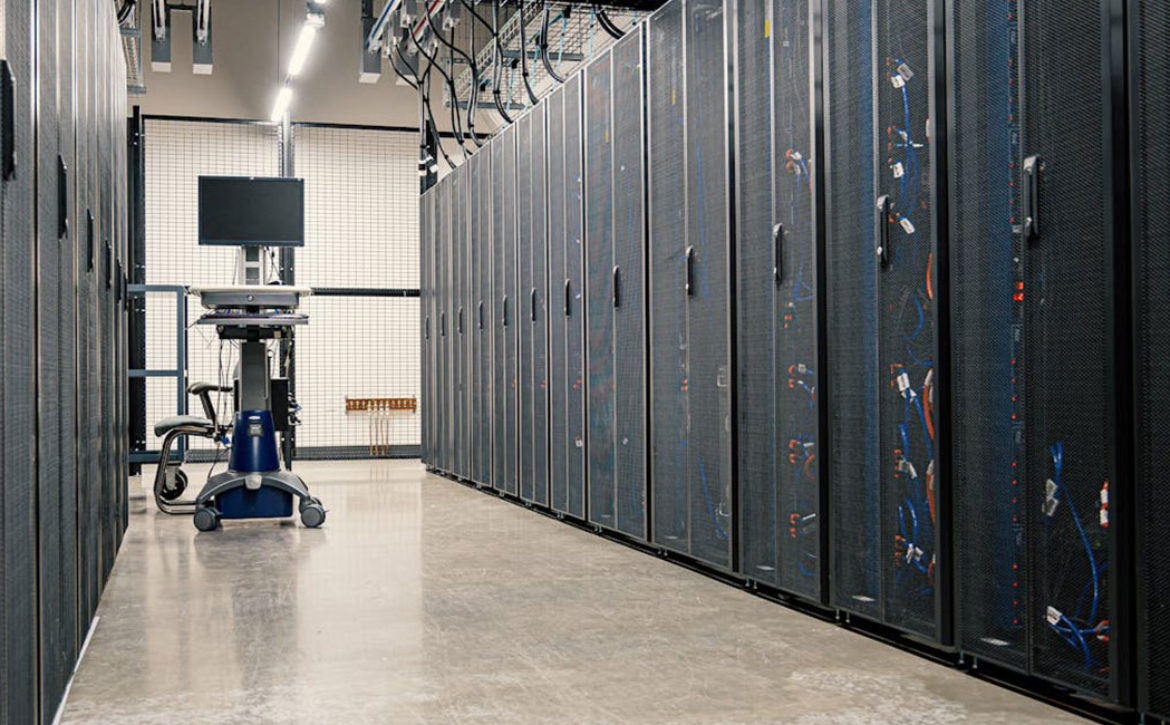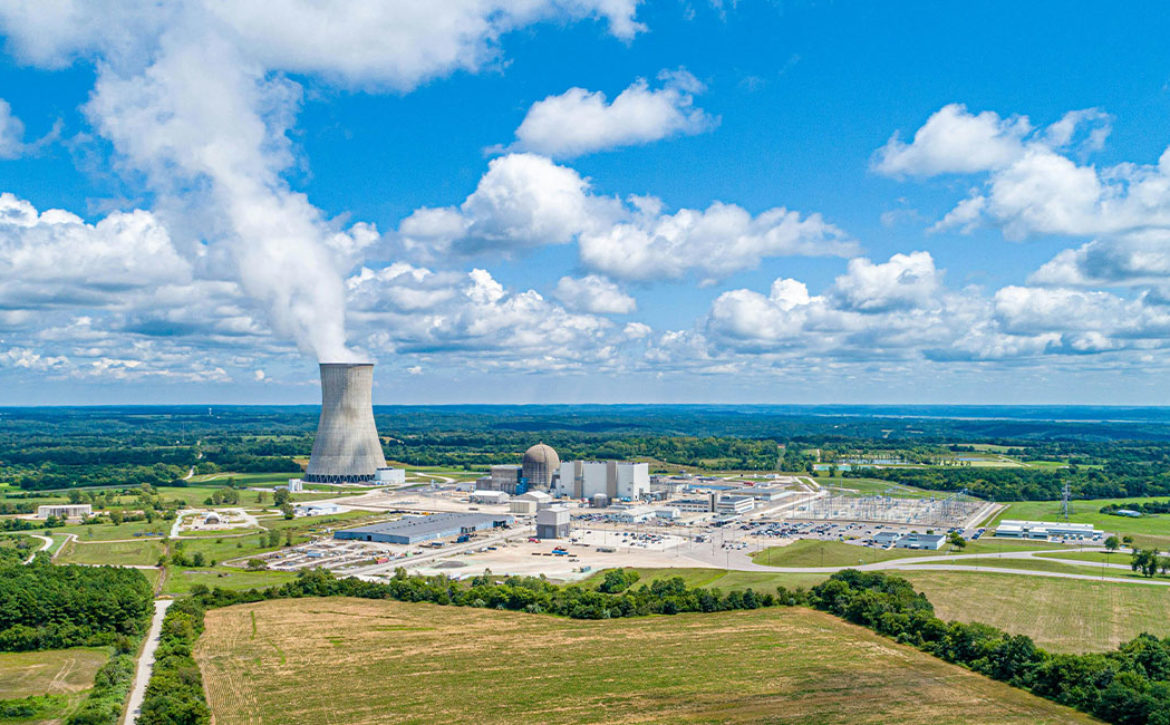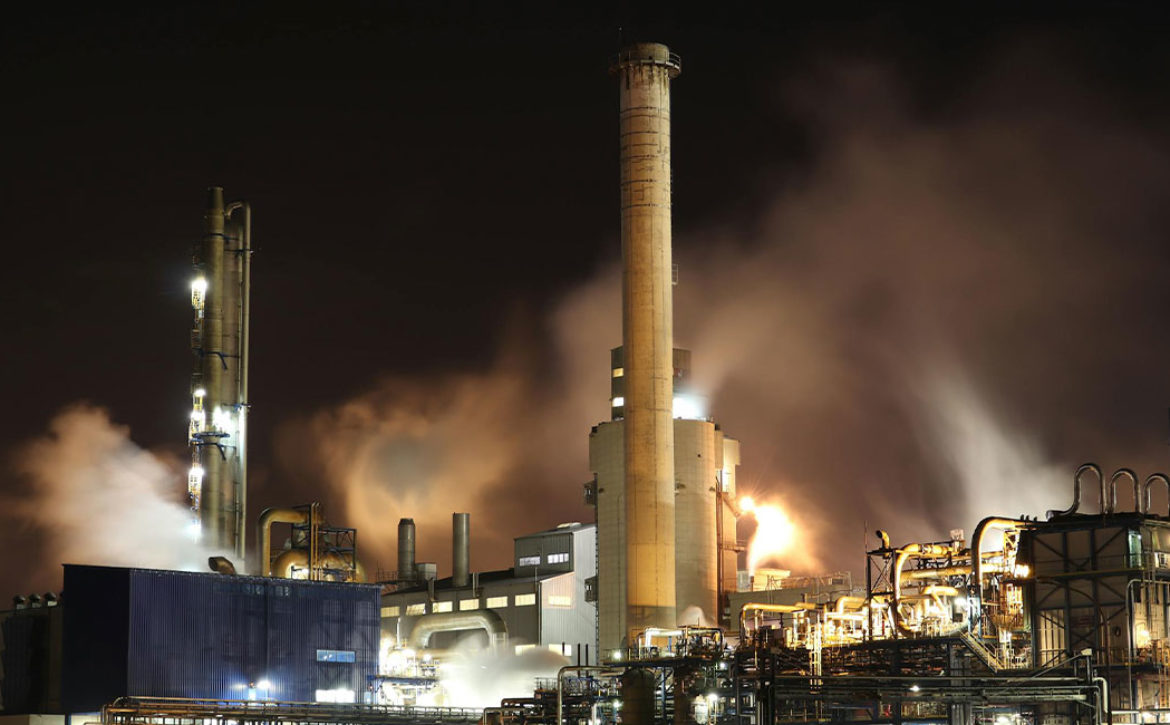Building the future of smart cities with generative AI at the forefront
The concept of smart cities has long promised a future where urban living is more efficient, sustainable, and responsive to the needs of citizens. But in recent years, a new technological force has emerged to supercharge this vision: generative AI. – Written by Seref Doğan Erbek










